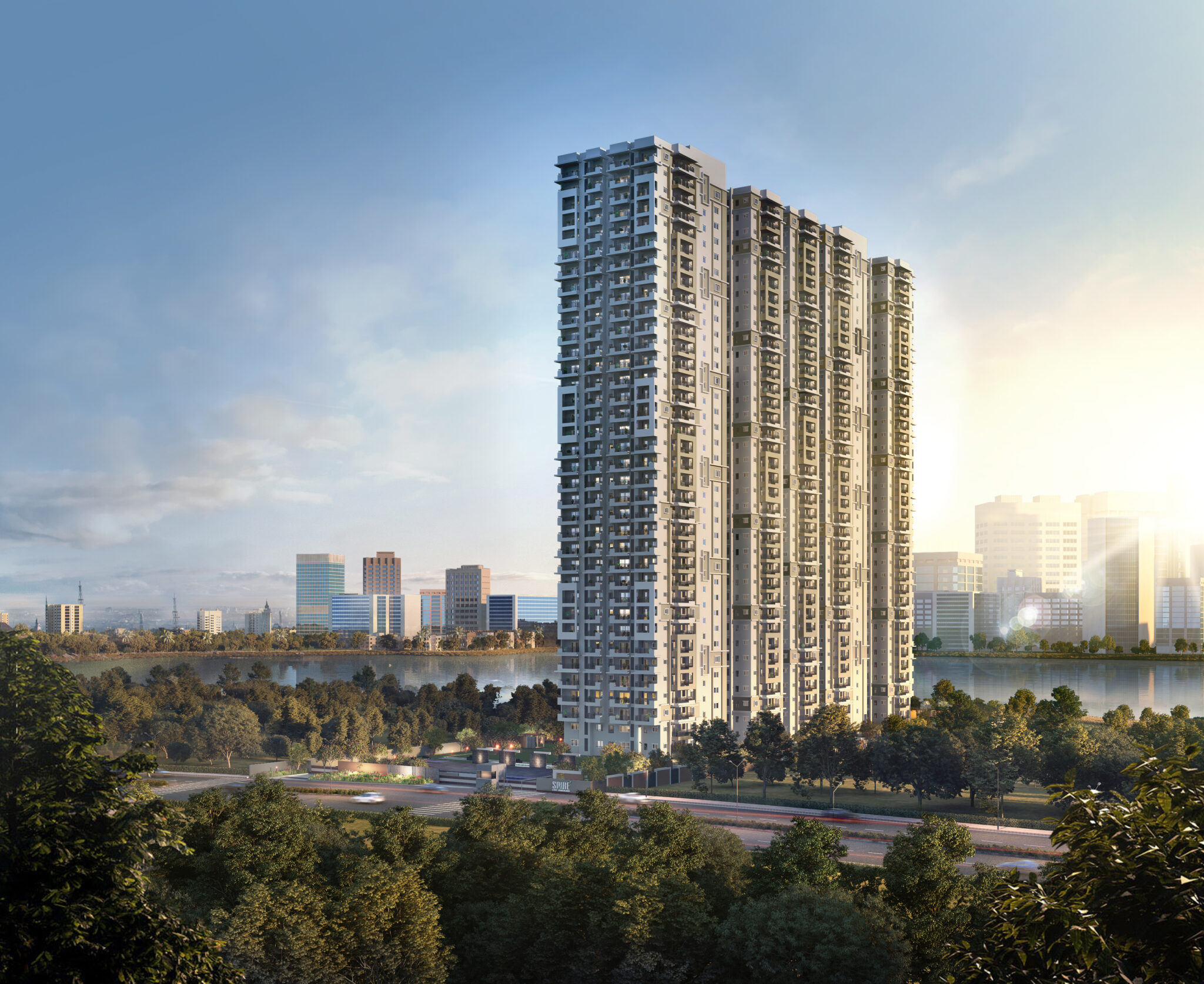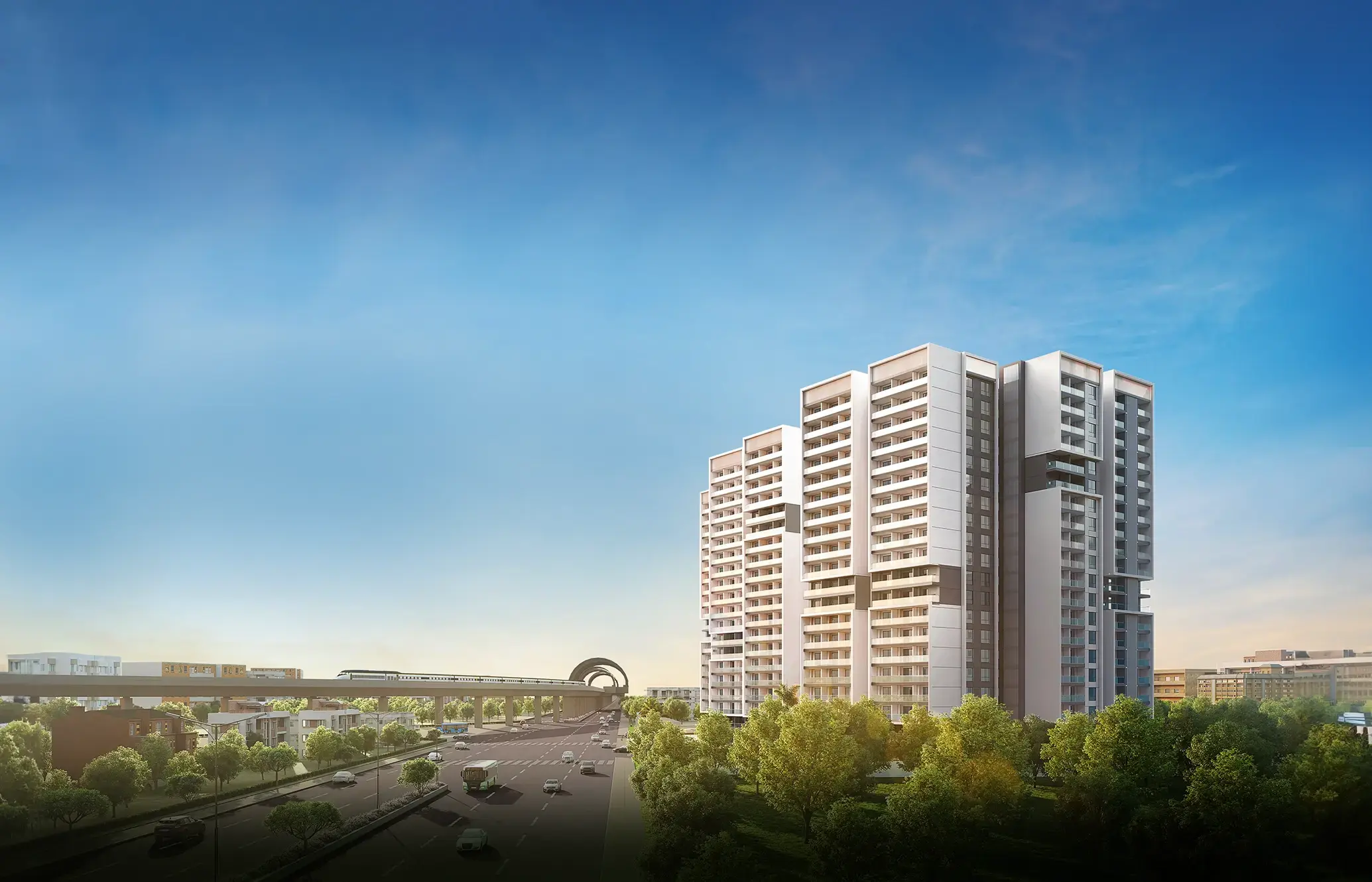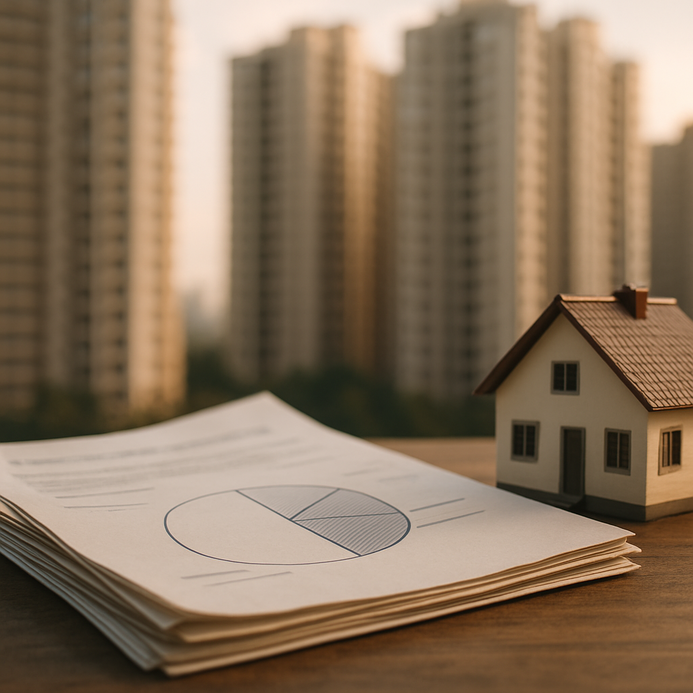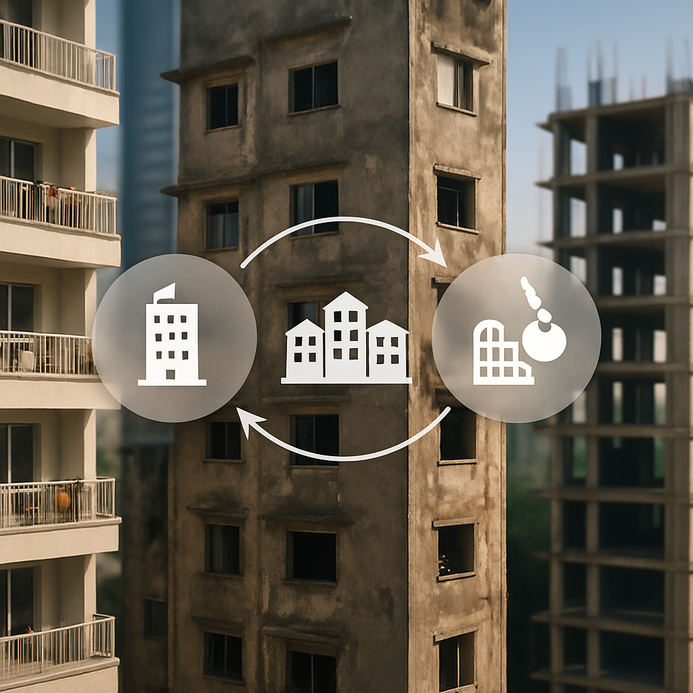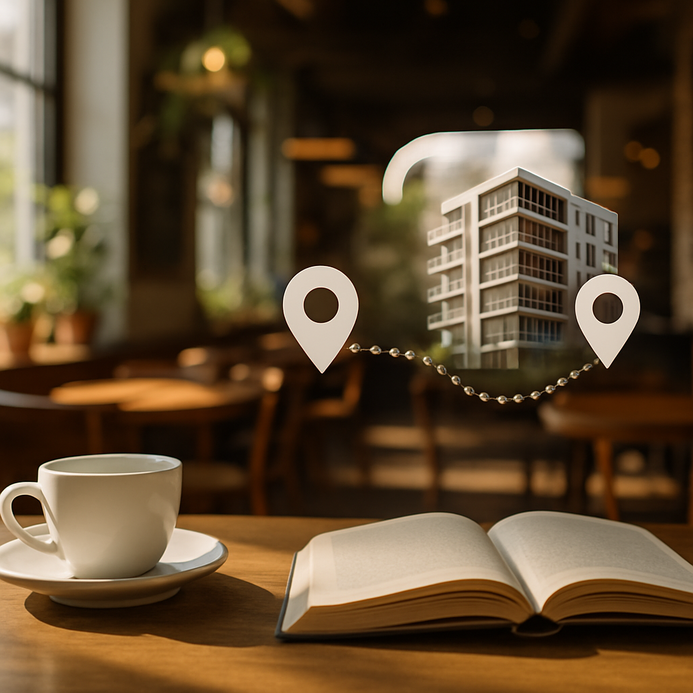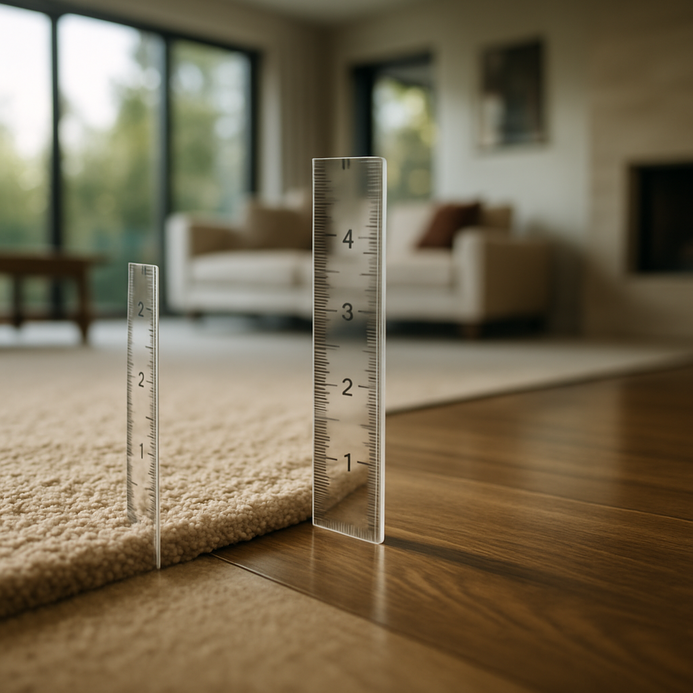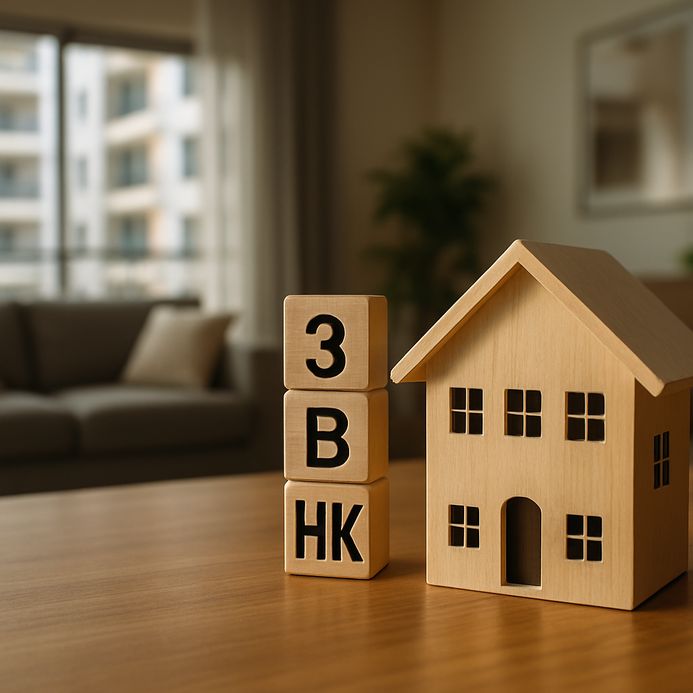Defect Liability Period: Complete Guide for Homebuyers and Owners
Understanding the Defect Liability Period
Okay, so let’s talk about the defect liability period (DLP). It’s kind of a big deal in construction contracts, you know? This period basically gives buyers a chance, after the place is built, to flag any defects that crop up. What’s that really mean? Well, it’s a set timeframe when the contractor’s on the hook for fixing any problems that show up after they finish the work. Usually, we’re looking at something between 6 months to 2 years, but hey, it totally depends on the contract.
Defect Liability Period: What’s It All About?
The DLP isn’t just some fancy jargon; it’s laid out in the agreement and spells out what the contractor has to do. A solid DLP is super important for keeping things clear and ensuring the buyer’s interests are protected. It gives you a legal timeframe for reporting defects without getting you hit with extra costs.
Let’s break it down a bit:
| Aspect | Description | Duration |
| Responsibility | The contractor fixes defects at no extra cost to you. | Usually 6 months to 2 years |
| Coverage | Covers both structural and non-structural issues. | Check the contract for specifics |
| Claim Notification | You’ve gotta report issues within the DLP. | Within the DLP timeframe |
| Exclusions | Major renovations or wear-and-tear? Probably not covered. | N/A |
So getting your head around these details? It’s gonna help you tackle any bumps along the way. If something’s not right, the contractor’s supposed to sort it out. That feels a bit reassuring, right?
Wanna dive deeper? Check out these resources over at Pinsent Masons or Best Contract Management. They’ll give you the rundown on how the DLP affects both contractors and buyers. And hey, if you’re mulling over a purchase agreement, you might wanna peek at our guide on mortgage options. Knowing the DLP can really help safeguard your investment.
Why is the Defect Liability Period Crucial for Homeowners?
Here’s the deal: the defect liability period is super important in any contract when you’re buying a new property. It usually stretches from six months to two years post-completion. In this time, the contractor’s gotta fix any defects that pop up. Grasping the DLP meaning and what it’s all about gives homeowners some peace of mind and helps with financial protection.
When you’ve got a DLP in place, if issues like leaks or structural hiccups show up, the builder’s gotta deal with it, at no extra cost. This is a huge boost for your investment and offers some relief from unexpected expenses.
And let’s not forget the other perks of having a DLP:
- Protects you from financial hits due to surprise repairs.
- With no stress during that early settling-in phase.
- You avoid the headache of managing contractor claims down the line.
It’s smart to get a clear understanding of your responsibilities regarding upkeep and maintenance in this timeframe. And don’t skip asking to have the DLP clearly spelled out in that purchase contract so you can fully benefit from it.
For more goodies, check out articles on Defects Liability Period Overview and Understanding DLPs, or dive into related reads like Importance of Conveyance Deeds, RERA and Society Handover, and Guide for First-time Home Buyers.
Key Aspects of the Defect Liability Period
So, what’s in this DLP thing? It’s a vital part of your construction contracts, it tells you how long a contractor’s responsible for fixing defects. Typically, this spans six months to two years, depending on the specifics of your project and the fine print in your agreement.
What the DLP Covers
The defect liability period isn’t all mystery; it covers specific issues. Mainly, it includes any defects caused by workmanship, materials, or design. To get the process rolling, these defects need to be visible and reported within that DLP.
Check out the common coverage:
| Aspect | Details |
| Workmanship | Issues due to shoddy construction practices. |
| Materials | Problems stemming from subpar materials used. |
| Design Intent | Mistakes resulting from bad design or miscalculations. |
| Structural Integrity | Cracks, damages, or failures in structural components. |
Common Exceptions in the DLP
While the DLP does its job protecting buyers, there are a few catch-alls to be aware of:
- Normal Wear and Tear: Regular aging and deterioration? Not covered.
- Owner Negligence: If something breaks because of your mishandling, the contractor’s off the hook.
- External Factors: Like floods or earthquakes that could release them of responsibility.
- Modifications: Any changes done by you or someone else could nullify liability.
Different residential contracts can have different guidelines for the DLP. For luxury homes, you might see longer DLPs to ensure buyers are satisfied, whereas standard housing could stick to the usual terms.
For a deeper dive into the meaning of the DLP, check out Understanding Defect Liability Periods in Contracts and Common Misconceptions in Building Contracts. Also, consider reading Builder Buyer Agreement: Key Clauses for more insights.
How to Make the Most of Your Defect Liability Period
Alright, time to get savvy about using your defect liability period to your advantage. This timeframe protects your investment by allowing you to address any construction defects without the extra costs. Here’s how you can really maximize this period.
Spot Defects Early
The moment you get the keys to your new place, do a good old-fashioned walkthrough. Grab a checklist and look for common issues, like wall cracks, plumbing leaks, or electrical problems. Sticking to a documented list keeps you organized and solidifies your communication with the builder.
| Common Defects | Signs to Look For |
| Structural Cracks | Noticeable cracks, bumpy floors |
| Plumbing Issues | Wet patches, water stains |
| Electrical Faults | Flickering lights, dead outlets |
Document Issues Properly
When issues pop up, documentation is key. Snap some pictures and write clear descriptions of what’s wrong. Note the date you found the defect. All this serves as extra ammo in case you need to chat with the builder down the line.
Talk to Builders
Now that you’ve got a list, reach out to your builder ASAP. Use straightforward language when reporting the issues. Refer to your documentation and be reasonable with your requests. Knowing your DLP can boost your confidence in these conversations.
Timely Check-Ins
Don’t let unresolved defects linger. If something still isn’t fixed, follow up with your builder, armed with your notes and communication records. Understanding your rights under the DLP will help in these situations, especially during disputes.
For more insights, visit authoritative resources about defect liability periods, like Defects Liability Periods and Defects Liability Periods in Construction Contracts.
You can also check out our info on What is a Conveyance Deed and Its Importance for Housing Societies and the Home Selling Checklist: Docs Needed to Sell Your Property. Making the most of your DLP? It’s all about proactive inspection, good documentation, and solid communication with builders.
When you’re buying a place, understanding the defect liability period is crucial, it highlights your rights regarding construction quality. Grasping the DLP meaning helps you navigate any disputes with builders over defects calmly. Typically, this period runs from six months to two years, depending on what’s agreed upon in your purchase contract.
It’s super important to know what the DLP defines to safeguard your interests. A clearly outlined defect liability period gives you a timeline for when the builder must fix any defects you report. Once that period expires, your options for recourse might get slim.
When you find a defect, let the builder know quickly. Keep all communication and defects documented. If the issues stubbornly stick around, you might need to look into legal options like mediation or lodging formal complaints with housing authorities.
Want more insights on defect liability periods? Check out Pinsent Masons or see what Holmes Hills has to say about common misconceptions.
You can also check out our piece on RERA and Society Handover for more regulations that back up your rights as a homeowner.
FAQ
What is a Defect Liability Period?
The Defect Liability Period is a specified timeframe after construction completion during which the contractor is responsible for fixing any defects that arise.
How long does the Defect Liability Period last?
Typically, the DLP lasts anywhere from 6 months to 2 years, depending on the contract terms.
What kinds of defects are covered under the DLP?
The DLP generally covers structural and non-structural defects that arise from workmanship, materials, or design flaws.
What happens if defects are found after the DLP?
Post-DLP, the homeowner’s options for recourse may be limited, and the contractor is usually not responsible for fixing any defects.
How can homeowners document defects effectively?
Homeowners should take photographs, keep written descriptions, and note any repair requests made to the builder.

